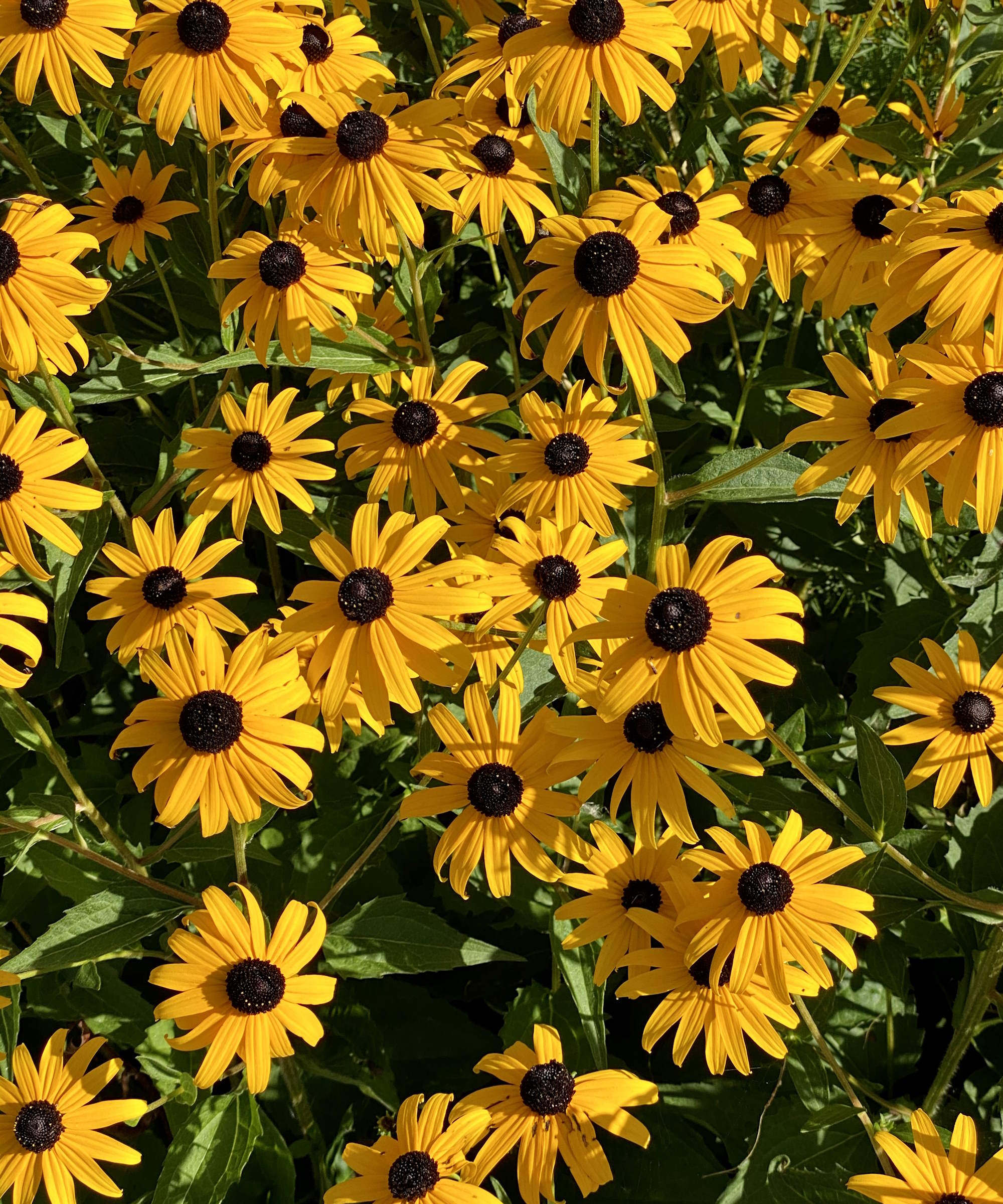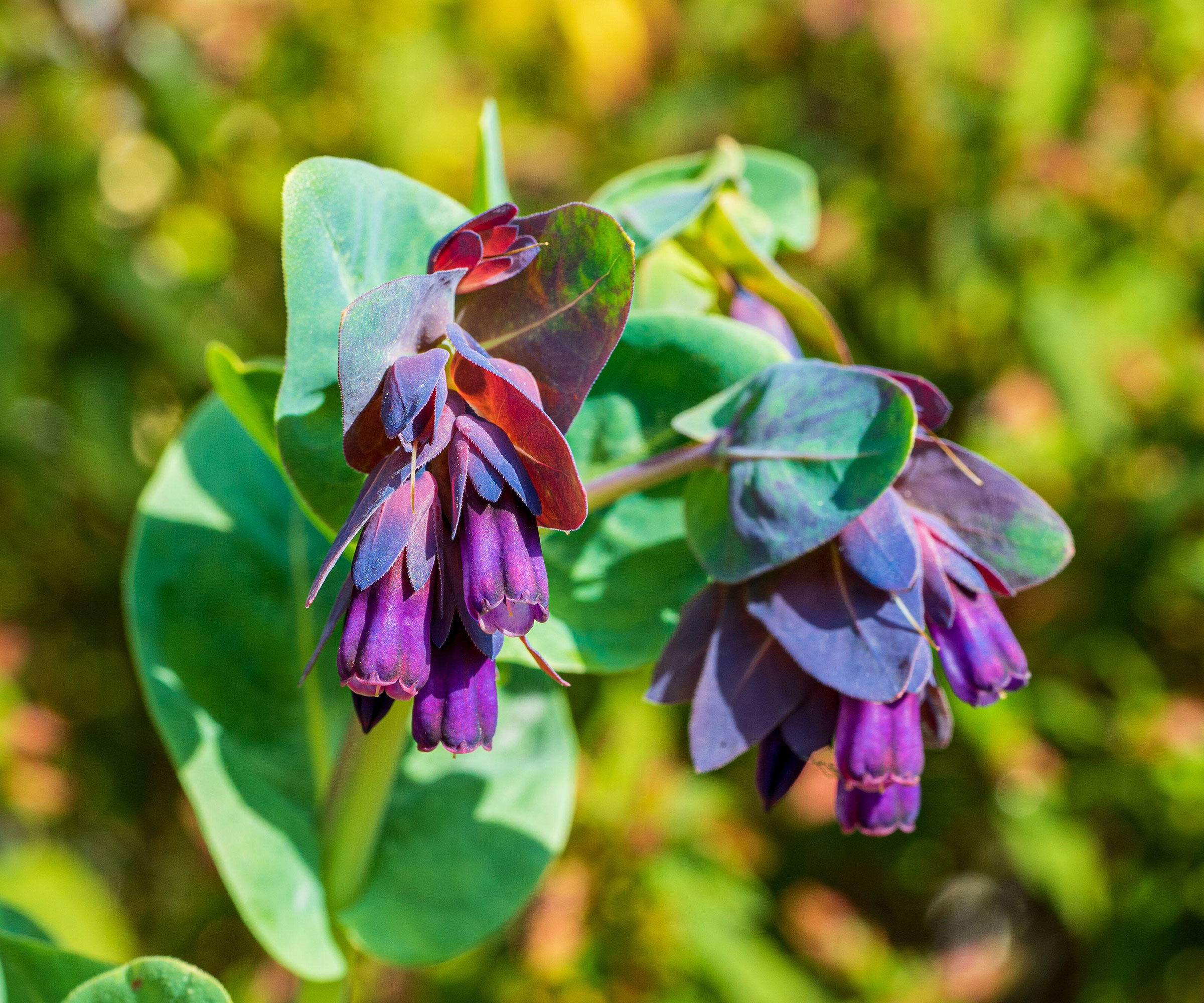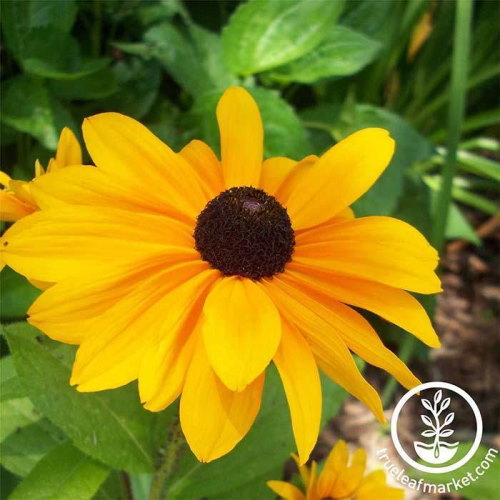9 flower seeds to plant in February for bountiful summer blooms – with expert sowing tips to guarantee healthy seedlings
Sowing flower seeds in February can be done indoors to extend the growing season and get earlier blooms


Sowing flowers in late winter is a fantastic way to get beautiful blooms come summer. It is an enjoyable and budget-friendly way to get lots of plants and here are some of the best flower seeds to plant in February.
You can germinate flower seeds in February indoors in a greenhouse or on a bright windowsill in the house. Starting seeds indoors this month means healthy plants ready to go outside after the last frosts and earlier blooms than from outdoor sowings.
This guide highlights some of the best flower seeds to plant in February and includes sowing tips to help you get good germination rates and strong, healthy seedlings.

9 of the best flowers to sow in February
Picking which flower seeds to plant in February will depend on your climate and the last frost date for your US hardiness zone. Try to time your sowing so plants are ready at the right time and don’t spend weeks getting rootbound in pots waiting to go outside.
Antirrhinum

Antirrhinums, also known as snapdragons, are classic cottage garden plants and come in a wide range of shades to brighten your flower beds. They are great flowers to start in February for earlier blooms and it is not just you who will enjoy them, so will the pollinators as antirrhinums are great flowers for bees.
Sow antirrhinum seeds on the surface of compost and do not cover them, as the seeds need light to germinate. Place the container in a propagator or in front of a warm window, where they can enjoy temperatures of 65-75°F. Covering the trays or pots with a clear plastic bag can help boost temperatures if you don’t have a heated propagator.
Pot on seedlings once they are large enough to handle and continue to grow them in a sheltered spot, ready to transplant into the garden once the risk of frost has passed.
Design expertise in your inbox – from inspiring decorating ideas and beautiful celebrity homes to practical gardening advice and shopping round-ups.
Black-eyed Susan

Black-eyed Susan, or rudbeckia, dazzles with bright red, yellow, or orange blooms. These native plants can flower until fall and are great for pollinators. To have strong, robust plants ready to go outdoors once the temperatures rise, start planting black-eyed Susan seeds indoors 5-7 weeks before your last spring frost.
Sow seeds indoors into trays, modules, or pots filled with quality potting soil for starting seeds. Sprinkle the seeds on the surface and then lightly cover with more soil or vermiculite. The seeds want temperatures of 68-77°F and to be kept moist for a good germination rate. Pot up seedlings if required when they are large enough to handle and plant outside after the last frosts.
Cape daisy

Cape daisy, also known as osteospermum or African daisy, has become a very popular plant. Osteospermum is a great bedding plant, with daisy-like blooms with darker centers that put on a long flowering show from spring to fall. They also make good flowers for pots in full sun and are bright plants for hanging baskets.
Osteospermum seeds are best sown undercover from February onwards, starting the seeds 6-8 weeks before the last frost. Sow the seeds into pots or trays of compost, but only cover them lightly as they want lots of light for germination. Giving them temperatures of 60-70°F will speed up germination.
Cosmos

Cosmos are beautiful and simple annual flowers to grow. These low-maintenance, half-hardy annuals are among the best cutting garden flowers and can be sown indoors 6-8 weeks before the last frost date. Coming in a range of colors, including multi-colored varieties, there can be a cosmos variety for any taste or style among the hundreds of cultivars available.
Plant cosmos seeds into trays filled with seed compost, sowing the long and thin seeds only an eighth of an inch deep in the soil and covering them with more soil or vermiculite. Keep the soil moist, and the temperature around 70-75°F, and the seeds should germinate within 5-10 days. Prick out and pot up the seedlings as required before planting out after the last frosts.
Honeywort

Honeywort, also known as cerinthe, is a fantastic foliage plant. Its silvery green-grey foliage looks stunning, plus the honeywort’s purple bell-shaped flowers are great at attracting many types of bees. Honeywort is also a great plant for a cut flower garden and a self-seeding flower that will return year after year.
Cerinthe is best sown indoors from February to April. Before sowing, soak the tough seeds for 12 hours to help with germination. Sow the seeds half-inch deep in large modules or individual pots filled with seed compost and keep them at 65-75°F.
Using biodegradable pots, such as those available at Amazon, can help minimize root disturbance when transplanting seedlings into the garden.
Nasturtium

Nasturtiums are multi-faceted flowers to grow. They are bright and beautiful - coming in shades of red, orange, and yellow - and the flowers are edible. Plus, they are great flowers to plant in a vegetable garden to deter pests, so there are many good reasons to grow nasturtiums.
Plant nasturtium seeds indoors in February in cooler climates to have healthy plants ready to plant out in spring. They are one of the easiest flowers to grow from seed, simply sow the large seeds a half-inch deep in seed compost and start them off at a temperature above 55°F in a greenhouse or on a warm windowsill. Keep the soil moist, but not waterlogged, and the seeds should germinate in 7-10 days.
Salvia

Salvias bring a wealth of summer color to flower beds. Depending on the variety, the display of blue, purple, or pink blooms can last a very long time - making them a great plant for fall pollinators as they can flower from early summer till the frosts get them. You can help guarantee the longest display possible and keep plants looking their best by deadheading salvia throughout the summer.
You can start sowing salvias indoors in late winter, 8-10 weeks before your last frost. Press the seeds gently into trays or modules filled with seed compost, but do not cover them as they need light for germination. Maintaining a temperature of 60-70°F and keeping the soil moist should result in the seeds starting to germinate in 2-3 weeks.
Transplant the seedlings into individual pots once they are large enough to handle and give them a period of hardening off before planting outside after the last frosts.
Bachelor buttons

Bachelor buttons, or cornflowers as you may also know these delicate flowers, are popular plants for wildflower gardens and cottage gardens - though they can be suitable for a wide range of backyard ideas. The cheery annual plants produce ruffled flowers on thin stems. While cornflowers are best known for blue flowers, some varieties come in pink, white, and dark red.
It is common to sow seeds outdoors once the soil has warmed up, but you can sow bachelor buttons indoors in February to get ahead and have earlier blooms. Sow the seeds on the surface of modules or pots filled with seed compost and give them only a light covering. The seeds will germinate within two weeks at temperatures of 60-70°F.
Sweet Peas

There are thousands of sweet pea varieties to grow for beautiful, fragrant blooms and you can plant sweet peas in the fall or spring. However, if you are looking for an ideal window to start growing sweet peas, then February is a great time to sow them indoors to have healthy plants ready to go out into the garden come spring.
It is advantageous to soak the seeds for 24 hours to soften their hard exterior and speed up the germination process. It is also recommended to use deep pots or root trainers, as plants quickly produce lots of roots and deep containers avoid the sweet pea seedling problem of these roots being restricted during the early stages.
Plant seeds a half-inch deep into the compost and place them in an unheated greenhouse, cold frame, or on a bright windowsill inside the home. Pinch out the central tip of seedlings when they are 4-6 inches tall to encourage bushy plants.
FAQs
Can I sow wildflower seeds in February?
Fall and spring are the best time to plant wildflower seeds. February would be too early to sow wildflower meadow seeds in cooler climates, where the spring sowing window is March to April. If you live in a warmer climate, where the soil warms in late February and there is no risk of frost, then it is possible to sow wildflower seeds.
If you are interested in a couple more options of flower seeds to plant in February, then silene, marigolds, and lobelia are suited to early sowings. The choices for sowing seeds indoors are not restricted to flowers and there are vegetables to plant in February in a greenhouse or on a bright windowsill. That includes sowing the seeds of heat-loving crops like tomatoes and cucumbers into pots this month.

Drew has worked as a writer since 2008 and was also a professional gardener for many years. As a trained horticulturist, he worked in prestigious historic gardens, including Hanbury Hall and the world-famous Hidcote Manor Garden. He also spent time as a specialist kitchen gardener at Soho Farmhouse and Netherby Hall, where he grew vegetables, fruit, herbs, and cut flowers for restaurants. Drew has written for numerous print and online publications and is an allotment holder and garden blogger. He is shortlisted for the Digital Gardening Writer of the Year at the 2025 Garden Media Guild Awards.
You must confirm your public display name before commenting
Please logout and then login again, you will then be prompted to enter your display name.








